- Published
- May 2024
- Page Count
- 932
- ISBN (Digital)
- 978-1-4533-4121-6
Information Systems: A Manager's Guide to Harnessing Technology
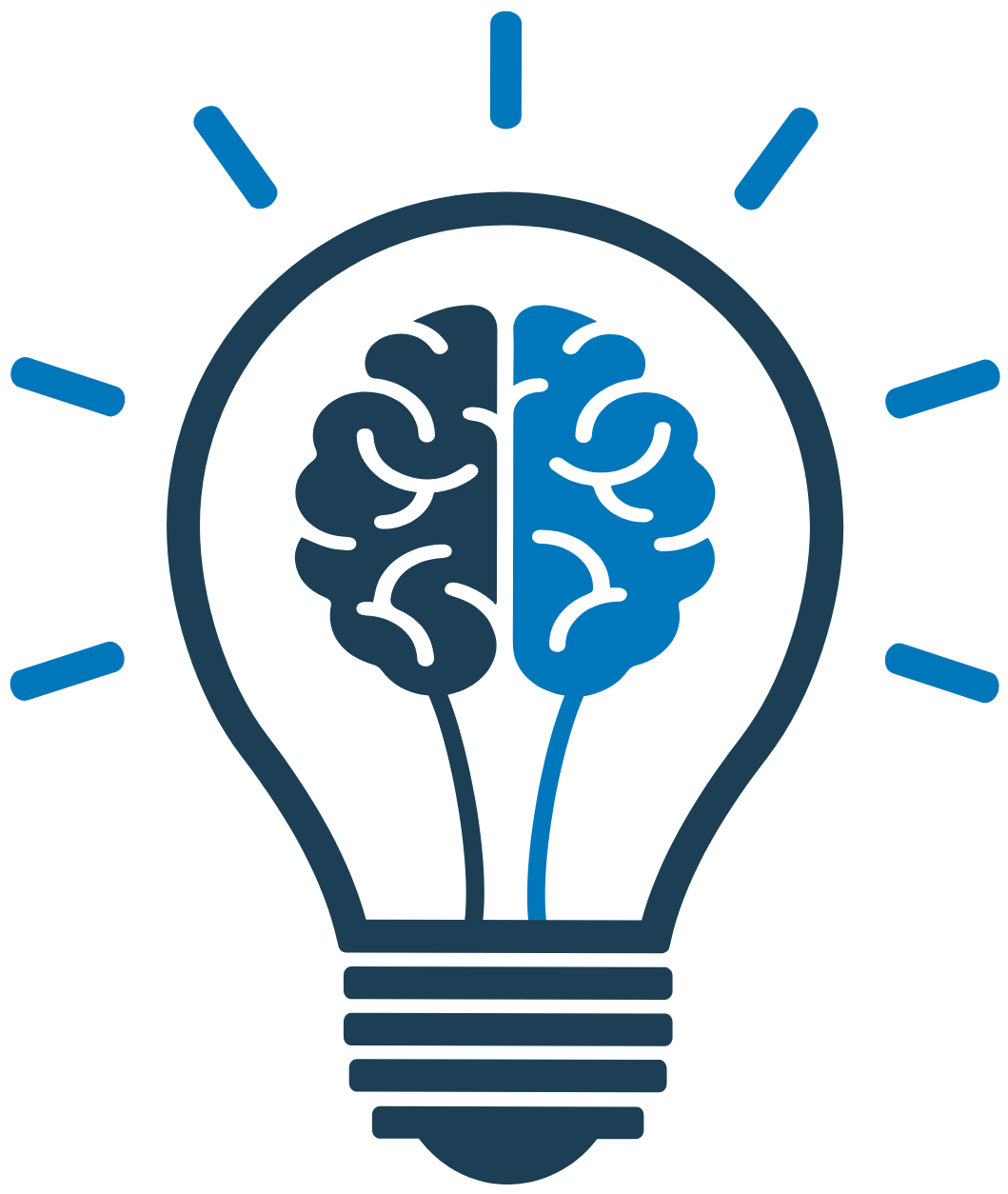

Version 10.0
By John Gallaugher
Included Supplements
Key Features
- Distinctive approach that consistently leads with business-focused strategic thinking to provide crucial context before diving into core, technical topics
- Two completely new chapters:
- Chapter 9 “Shein and Temu: E-Commerce Giants from Asia Grow Globally”
- Chapter 18 “Artificial Intelligence—The Tech Impacting Nearly Every Industry”
- Substantial Revision. The convergence of new technologies and the accelerated pace of technological change prompted the author to prepare the most significant and thorough update since this book’s first version
- Enhanced coverage of key topics, including artificial intelligence (AI), generative AI (GenAI), AI’s promise, AI’s risks and challenges, AI and ethics, the impact of AI on the semiconductor business, Internet of Things (IoT), robotics, 3D manufacturing, data analytics, new market players, updated discussions of existing market players, product and services innovations, social media platform evolutions, cryptocurrencies and markets, open-source software, Internet and telecommunications, information security, environmental concerns, and many more
- Over 240 embedded hyperlinks to streaming videos curated and kept continuously up to date by the author enhance and enrich hybrid and online courses, engage students, further prepare students for class discussions, and reinforce or augment many of the presented topics
- Contemporary Case Studies. Current and engaging chapter and smaller case studies based on well-known companies such as Airbnb, Alphabet, Amazon, Apple, Disney, Meta, Netflix, Roblox, Uber, Shein, Shopify, SpaceX, Spotify, Tesla, Volkswagen, Walmart, and Zara that invite students to immediately apply what they are learning to familiar organizations
- Relevant industry integration of topic coverage related to key technologies, such as key players in online advertising and profiling technologies (Amazon, Apple, Meta, Google, governmental regulation), and key players in the semiconductor industry (ARM, Intel, Nvidia, and OpenRISC)
- Supportive in-text learning features:
- Chapter-Opening case scenarios grab the reader’s attention by weaving the chapter’s core concepts into real-world stories featuring well-known or up-and-coming organizations
- Each main section is organized consistently:
- “Learning Objectives” preview the material to come and prepare students to learn
- Robust illustration program enhances the narrative without overwhelming it
- Topical boxed features sprinkled throughout expand on key topics and provide unique insights into key strategic topics and technological developments
- “Key Takeaways” reflect the section’s “Learning Objectives” and summarize key ideas in bullet-point fashion. “Key Takeaways” encourage learners to consolidate the information just encountered into a discrete “chunk” that encourages understanding and enhances retention
- Questions and Exercises prompt deeper understanding and critical reflection, with many crafted to prompt engaging class debate and discussion, or further research beyond the classroom
- Expanded Excel Appendix called “Essential Skills for Excel”
- Covers key concepts and operations of Microsoft Excel 365
- Features step-by-step instructional videos recorded by the author, John Gallaugher, and Joseph Manzo (Lehigh University)
- The online reader includes downloadable files and spreadsheets students can use to complete exercises
- Special section on using Microsoft Excel 365 with a Mac
- Teaching tips and assessment items are included in the instructor and student supplements
- Customizable
Students
- Online Access Price
- $41.95 ($58.30 CAD)
- Color Printed Textbook with Online Access Price
- $68.95 ($95.80 CAD)
Information Systems: A Manager’s Guide to Harnessing Technology is suitable for undergraduate and MBA-level courses usually called Introduction to Information Systems, Management Information Systems, Information Systems, or similar titles, such as Strategic Information Systems, Capstone Information Systems course, Technology Entrepreneurship, Digital Organization/Digital Leadership, Information Technology and primarily taught at four-year colleges and universities.
Information Systems: A Manager’s Guide to Harnessing Technology strikes a balance between core course content and new developments in a rapidly evolving field. The result is a regularly updated narrative grounded in relevant management theory and practice that features current, fresh, and engaging illustrative examples, case studies, and applications. All chapters in this new version have received a substantial refresh of examples, statistics, and concepts. Even so, the book’s underlying framework remains consistent and reflects time-tested management best practices for using and successfully leveraging technology for individual and company success.
New in This Version
Overall
- Refer to the book’s preface for a detailed description of the many updates, revisions, deletions, and additions
- Completely new chapters in Version 10.0:
- Chapter 9 “Shein and Temu: E-Commerce Giants from Asia Grow Globally”
- Chapter 18 “Artificial Intelligence—The Tech Impacting Nearly Every Industry”
- Updated examples, statistics, data, and quotes throughout
- Scores of new or revamped sections, subsections, features, and streaming video links
Chapter 1—Setting the Stage: Technology and the Modern Enterprise
- New, updated, or expanded topics include: fully rewritten Introductory section, the “Hype Cycle” (a widely-used industry tool utilized to understand technology evolution), artificial intelligence (AI) that will be integrated throughout and subsequently featured in a full chapter (Chapter 18: Artificial Intelligence—The Tech Impacting Nearly Every Industry”), and new content introducing students to technology-based entrepreneurship
- New subsections:
- “A Quick Look at AI—The Hottest Topic in Tech and Business” (Section 1.1)
- “Tech: It’s at the Center of Your Uncertain Future” (Section 1.1)
- “Want to Start a Startup?” (Section 1.2)
- New streaming videos include: “Will ChatGPT Take Your Job?” “How AI is Powering the Future of Financial Services,” “Generative AI and Programming,” and “The Hype Cycle”
Chapter 2—Zara: Fast Fashion from Savvy Systems
- New, updated, or expanded topics include: the global political climate’s impact on business decisions, Zara's new in-store technology, sustainability concerns among governments and activists, and the impact of fast fashion on the environment
- New streaming videos include: “A Look at the Tech in Zara’s Flagship Madrid Store” and “Fast Fashion Is Hot Garbage—A Humorous but Troubling Look at the Industry's Impact on the Environment”
Chapter 3—Strategy and Technology: Concepts and Frameworks for Achieving Success
- New, updated, or expanded topics include: GenAI and substitute goods and FreshDirect coverage moved to Chapter 4 (replaced by a Zara example to illustrate straddling, distribution channels, and bundling strategies)
- New key term: bundling
- New features:
- "Nortel vs. Beer—The Beer Wins" (Section 3.1)
- “ChatGPT Is Killing Stack Overflow” (Section 3.4)
- New streaming videos include: “Generative AI Is About to Reset Everything, and, Yes It Will Change Your Life”
Chapter 4—FreshDirect: A Tech-Heavy Online Grocer Succeeds Where Others Fail
- New, updated, or expanded topics include: Getir’s acquisition of FreshDirect, FreshDirect’s challenges to scaling its appeal, and changes to Amazon Go
- New subsection: “Acquisitions Are Tough: Watch This Space” (Section 4.2)
Chapter 5—Netflix: Sustaining Leadership in an Epic Shift from Atoms to Bits
- New, updated, or expanded topics include: closing Netflix’s DVD-by-mail business, subscription sharing, advertising tiers, subscription tiers, misleading or exploitive actor promotions, free games, industry shifts, Max rebranding, and Paramount+
- New feature: "Sports and Streaming" (Section 5.1)
- New streaming videos include: “Netflix Ending DVD-by-Mail Service with Disc Giveaway” and “Netflix’s Side Quest: A Deep Dive into Its Ambitious Plans to Become a Gaming Giant”
Chapter 6—Moore’s Law and More: Fast/Cheap Computing, and What This Means for the Manager
- New, updated, or expanded topics include: AI-driven change, seventh wave of computing (artificial intelligence everywhere), Apple’s A17Pro chip, latency, and Disney’s MagicBand
- New or revamped subsections:
- “Moore’s Law Inside Your Medicine Cabinet . . . and Your Colon” (Section 6.1)
- “IoT—the Internet of Things: Tech Is Everywhere!" (Section 6.1)
- "The End of Moore’s Law? But Not Really an End to Fast-Cheap Computing" (Section 6.2)
- New key term: yottabyte
- New streaming videos include: “How Are Microchips Made?” "AI: Moore's Law Is Being Decimated,” "How a Robot Recycles Our Electronic Waste,” and “MagicBand+ Overview”
Chapter 7—Disruptive Technologies: Understanding Giant Killers and Tactics to Avoid Extinction
- New, updated, or expanded topics include: Nvidia, a deeper dive into GenAI and machine learning, additive manufacturing, digital finance, decentralized finance (DeFi), collapse of FTX and Alameda, collapse of the NFT market, Bitcoin developments, and government-issued central bank digital currencies (CBDC)
- New or revamped sections:
- "Additive Manufacturing: Is 3D Printing Ready to Disrupt?" (Section 7.3)
- “Tech to Consider: Crypto, Blockchain, and DeFi—Cesspools of Scammers or Disruptive Technologies?” (Section 7.4)
- New or revamped features:
- “Intel—A Study of Disruption in Progress” (Section 7.1) which includes expanded information on ARM and the rise and importance of Nvidia
- “Can China's Digital Currency Disintermediate the Dollar?” (Section 7.4)
- New streaming videos include: “How Nvidia Grew from Gaming to A.I. Giant, Now Powering ChatGPT,” “Why 3D Printing Is Vital to Success of U.S. Manufacturing,” “The FTX Collapse,” and “China’s Digital Currency Revolution”
Chapter 8—Amazon: An Empire Stretching from Cardboard Box to Kindle to Cloud
- New, updated, or expanded topics include: fulfillment center procedures and the use of a new generation of robotics technology, robot–human interactions, logistics, Amazon Brands, Amazon Business, Amazon Prime, Amazon Style, Amazon One Palm payment, Amazon’s advertising business, investment in Anthropic, and Emmy-winning technology for live events
- Refreshed statistics and data throughout, applied to topics such as Amazon streaming, Echo/Alexa market penetration, and AWS/cloud computing
- New or revamped sections:
- “The Emperor of E-Commerce” (Section 8.1)
- "Reworking Brick and Mortar Retail" is renamed and significantly updated to include Amazon’s evolving strategy with physical stores (Section 8.4)
- "Amazon’s Consumer Electronics” (Section 8.5)
- “AI at Amazon” (Section 8.7)
- “Is Amazon Too Big?” (Section 8.8)
- “Shopify—A Decidedly Different E-commerce Player” (Section 8.9)
- New feature: "Are Maturing Firms Degrading Customer Experience to Pursue Growth?" (Section 8.2)
- New exercises include: visiting an Amazon fulfillment center, forming and running a Shopify business, and taking a free Amazon AI Ready course
- New streaming videos include: “Introducing the Full Amazon Robot Lineup,” “Top 50+ AWS Services Explained in 10 Minutes,” “How Amazon Is Using AI to Deliver Orders Even Faster,” and “The Insane Rise and Fall of Shopify”
New Chapter 9—Shein and Temu: E-Commerce Giants from Asia Grow Globally
- This fully new Chapter 9 explores the meteoric rise of Shein, a Chinese e-commerce-only fashion firm, that is the #2 global fashion firm, and Temu, its close follower
- Describes how Shein successfully leverages information technology, Shein’s app and website, marketing strategies (flash sales, specials, gamification techniques, online ads, and aggressive data gathering via social media), AI-generated designs, A-B testing, tight inventory management, and strategies to avoid taxes, tariffs, and inspection delays
- Explores weaknesses in Shein's business model, such as AI-driven product failures, negative environmental impacts, and competitive threats from Amazon, Alibaba, TikTok, and Temu
- New streaming videos include: “The Rise of Shein,” “Social Media Influencers Facing Backlash over Videos Promoting Shein,” and “How Temu Makes Money From $10 Smartwatches From China”
Chapter 10—Platforms, Network Effects, and Competing in a Winner-Take-All World
- New, updated, or expanded topics include: examples of international firms (Shopify, Spotify, and several Indian firms), EV charging standards, U.S. market cap of platform firms, Apple Vision Pro, Roblox mini-case, EV standards battle, free markets vs. regulation, OpenAI and Microsoft partnership, growth through direct customer subsidies, leveraging viral recruitment with social media, Blue Ocean strategies, backward compatibility, and post-pandemic Zoom
- New section: “The Apple Platform Cashes In on Banking” (Section 10.6)
- New features:
- “Electric Vehicle Charging Standards: Everyone vs. Tesla—and It Looks Like Tesla Won” (Section 10.3)
- “Lessons from the Rise and Fall of Threads” (Section 10.5)
- New streaming videos include: “The Incredible Logistics of Tesla's Supercharging Network,” “Apple vs. Banks: The Digital-Wallet War,” and “Apple Vision Pro Impressions!”
Chapter 11—Social Media, Peer Production, and Leveraging the Crowd
- New, updated, or expanded topics include: reworked Introduction, social media platforms’ performance, TikTok, LinkedIn influencers, Apple’s AirTag, Substack vs. major news organizations, Chipotle’s #GuacDance campaign, Meta’s Workplace, SMART, conversion of Twitter to X, and a streamlined discussion on blogging
- New key terms: content adjacency problem, corpus, doxxing, and influencers
- New sections:
- “Substack: A Booming Self-Publishing Platform. Is Your Prof Writing There?” (Section 11.2)
- “TikTok—The World's Addiction” (Section 11.6)
- "I Know Victoria's Secret" (Section 11.9)
- New features:
- “Wikipedia: Trainer of AI, Destroyed by AI, or Both?” (Section 11.3)
- “Spotify Wrapped: Give It Away and Go Viral” (Section 11.4)
- “X: The Death of Twitter or the Rise of a Super App?” (Section 11.5)
- “Taylor + Travis = NFL TikTok Gold” (Section 11.6)
- New exercise: creating a Substack or similar blog
- New streaming videos include: “Substack vs. The Giants, Challengers,” “Travis Kelce Breaks Silence after Taylor Swift Seen at Chiefs Game,” “Jax—I Wrote a Song Called Victoria’s Secret,” and “I Always Wanted to Be Part of a Flash Mob”
Chapter 12—The Sharing Economy, Collaborative Consumption, and Efficient Markets through Tech
- New, updated, or expanded topics include: sharing firms, Airbnb, and Uber
- New section: “What's the Circular Economy?” (Section 12.1)
- New streaming videos include: “The Airbnb Effect: Why Second Homes Have Become So Divisive,” “Uber CEO Khosrowshahi on Profit, Autonomous Vehicles, AI,” and “What Is the Circular Economy?”
Chapter 13—Facebook: Platforms, Privacy, and Big Business from the Social Graph
- New, updated, or expanded topics include: updated references to Meta (Facebook is used for historical references), WeChat, expanded coverage of Meta including new data, information on failed projects, new controversies, losses, layoffs, and a profit- and-growth rebound
- New sections:
- “The Metaverse and Meta on Your Face—Billions in Losses, but Does a Big Payday Await?” (Section 13.4)
- “AI: Essential to Meta's Success” (Section 13.5)
- New subsections:
- “TikTok Threatens. AI-fueled Reels Is a Success But Not a Killer” (Section 13.3)
- “So What Is ‘The Metaverse?’” (Section 13.4)
- “When Will This Thing Make Money?” in respect to Oculus (Section 13.4 )
- “Ray-Ban Meta Smart Glasses—Not Metaverse, Yet” (Section 13.4)
- New feature: “So Threads Is a Thing!” (Section 13.3)
- New streaming videos include: “Mark Zuckerberg Talks Meta, AI, and Martial Arts with Forbes,” “Meta’s Ray-Bans, Hands-On: These Glasses Now Stream to Instagram,” and “Here's How Essential WeChat Is to Everyday Life in China," and “TikTok vs. Instagram Reels vs. YouTube Shorts: Who Will Win the Short-Video Race?”
Chapter 14—Rent the Runway: Entrepreneurs Expanding an Industry by Blending Tech with Fashion
- New, updated, or expanded topics include: share price fluctuations, new retail collaborators (Amazon, Nordstrom Rack, and Saks Fifth Avenue), churn rate/CLV, making strategic choices using analytics, using AI and refining vague search terms, RFID tags, information on new, key competitors
- New section: “Worn with Love and Still Good—Retail Partnerships” (Section 14.6)
- New streaming videos include: “Rent the Runway on Post-Pandemic Comeback,” “How Rent the Runway Is Putting Your Closet in the Cloud,” and “How Urban Outfitters Is Winning the Clothing Rental Game”
Chapter 15—Understanding Software: A Primer for Managers
- New, updated, or expanded topics include: "Hardware Layer Cake,” operating system variations, and smartphone market shares
- New key terms: BIOS (Basic Input Output System), enterprise response planning (ERPs), AI queries, Python, CircuitPython, and a clarified definition of firmware
- New subsections:
- “AI Is Radically Changing Programming: Programmers Won’t Be Replaced, Instead Everyone Will Be Coding with a Co-Pilot” (Section 15.5)
- “Low Code/No Code—Programming Without Coding” (Section 15.5)
- “Software-Centric Products Aren’t Easy: VW’s Electric Vehicle Woes” (Section 15.8)
- New exercises:
- Students evaluate their devices (PCs, smartphones, smart devices) for firmware updates
- Students evaluate accessibility features
- Low code/no code-based tool activity and class presentation
- New streaming video links include: “The Best Low Code/No Code Tools,” “Apple Previews Accessibility Features on Global Accessibility Awareness Day,” “VW Abandons Owners,” “What Is Enterprise Resource Planning (ERP)?” and “Who Is Going to Win the Electric Car Race?”
Chapter 16—Software in Flux: Open Source, Cloud, Virtualized, and App-Driven Shifts
- New, updated, or expanded topics include: LAMP stack alternatives (Linux, Apache Web, MySQL, Perl/Python/PHP), interoperability, open source software (OSS), company-developed proprietary OSS toolkits, cloud computing, self-driving cars, Nvidia, Microsoft’s Circularity Center, and Kubernetes)
- New key terms: "MEAN" stack (MongoDB, Express.js, AngularJS, and Node.js), front-end, back-end, stack, full-stack, SaaS, PaaS, IaaS, and cloud types (public, private, and hybrid)
- New streaming video links include the following: “Microsoft Reveals Its MASSIVE Data Center,” “The Rise of Open Source Software,” “Microsoft Joins GM—Cruise Self-Driving Partnership,” “The Era of Gen AI Is Here,” and “Kubernetes in 100 Seconds”
Chapter 17—Data and Competitive Advantage: Databases, Analytics, and Prepping Data for Use with AI
- New, updated, or expanded topics include: Walmart’s warehouse robotics and various strategies (advertising, investment and acquisition, expansion into India, FlipKart, PhonePe, and competition with Amazon). Other coverage includes sports ticketing, Disney’s The Lion King, sales of personal data on dark web, and generative AI for data analysis
- Revamped features:
- “Broadway Meets Big Data and Also Offers a Sports Ticketing Slam Dunk” (Section 17.1)
- "Who’s Collecting Data about You?" (Section 17.3)
- New key term: Beacons
- New videos include: “What AI Tools to Learn for Coding and Analysis,” “Dynamic Pricing, Explained: Why Prices Are Changing More Often,” “Why Even Your Local Grocery Store Wants Your Digital Data,” and “A Look at Robots in Walmart Distribution Centers”
New Chapter 18—Artificial Intelligence—The Tech Impacting Nearly Every Industry
- This fully new Chapter 18 focuses on artificial intelligence (AI). Topics covered include a deeper dive into generative AI, a managerial overview of how the technology works, a glossary of key terms, how firms are incorporating AI, AI’s risks and challenges, and ethical considerations surrounding AI
- Chapter overview:
- Introductory section: “AI, Write My Intro” composed partly of AI generated narrative (Section 18.1)
- “Generative AI: Whoa—This is Something Different!” introduces and explains key terms such as: artificial intelligence (AI), generative AI (GenAI), prompt, and hallucination (Section 18.2)
- “So How’s This Stuff Really Work? A Manager’s Guide to Understanding GenAI” (Section 18.3)
- Key terms: foundation model, LLM, and parameters
- Feature: “The ‘Transformer’—No ChatGPT without Google” (Section 18.3)
- Subsection: “How Will the Machine Learn” explains core large-language learning model (LLM) concepts, including supervised learning, self-supervised learning, semi-supervised learning, RLHF, and Constitutional AI (Section 18.3)
- “Generative AI: Changing Products and the Nature of Work Itself” (Section 18.4)
- AI applications including examples of GenAI uses, product integrations, and vertical segments (e.g., accounting, law, and consumer products such as beer)
- Feature: “I Am Not a Robot, but I’ve Occasionally Taught Some” (Section 18.4)
- “Understanding AI Risks” (Section 18.5)
- AI/GenAI security risks, bias: racism/sexism, deliberate misinformation and deception, copyright issues, job shocks; scale, environmental impacts; destructive capability, control issues
- Features:
- "The AI Turned Me White" (Section 18.5)
- “Google, Translate Kazakh to English. Bias Included at No Extra Charge” (Section 18.5)
- “It’s Not as Easy as the Press Might State: Technical, Organizational, Legal, and Societal Challenges of AI and Machine Learning”(Section 18.6)
- “Addressing AI Risks and Building More Responsible Technology” (Section 18.7)
- Subsections:
- “Recognizing Risks and Setting Standards” (Section 18.7)
- “Steps in Developing and Deploying More Ethical, Less Risk-Prone Systems” (Section 18.7)
- Features:
- “Addressing Algorithmic Bias Is Hard, But Can Deliver Real Business Benefits” (Section 18.7)
- “Crafting an Ethics Board—Not as Easy as It Sounds” (Section 18.7)
- “Catching the Golden State Killer: The Promise and Peril of Big Data’s Reach” (Section 18.7)
- "AI as Your DJ—A Look at Spotify’s Magic” (Section 18.8)
- Subsections:
- “Streaming videos include: “How Large Language Models Work,” “GitHub Copilot: Getting Started with Chat,” “Prompt Engineering: Inside AI’s Hottest New Job,” “How AI Could Save (Not Destroy) Education,” “AI Is Dangerous, but Not for the Reasons You Think,” and “Generative AI, What Is It Good For?”
Chapter 19—Advertising Technologies: Balancing Personalization with Privacy as Technology and Regulation Evolve
- New, updated, or expanded topics include: iOS market penetration, app tracking technology, Google’s current privacy strategies, “identifier for advertisers” (IDFA), and SKAdNetwork technology’s impact on social media companies
- New key terms: zero-/first-/second-/third-party data and app tracking technology (ATT)
- New subsections:
- “Understand Key Terms: Zero, First, Second, and Third Party Data” (Section 19.1)
- “Why Is This URL So Long?” (Section 19.3)
- “Do the Crime? You’ll Pay the Fine!” (Section 19.5)
- New feature: “Did AI Make That Ad?” (Section 19.1)
- New streaming videos include: “Understand SKAdNetwork in 90 Seconds,” “Meta's Record Fine Drives Pressure for EU, U.S. Data Privacy,” and “How to Collect Data without Cookies?”
Chapter 20—A Manager’s Guide to the Internet and Telecommunications
- New, updated, or expanded topics include: wireless Internet, browser security, top-level domain (TLD) ownership, Internet protocol (iPv) and iPv4 versus iPv6, DNS “cyber hygiene,” 5G networks, C0Band, Starlink, CSquared, and net neutrality
- New section: “To Infinity and Beyond: SpaceX Starlink and the Awesome Power Wielded by Elon Musk's Firms” (Section 20.5)
- New streaming videos include: “How Does the Internet Work?—Glad You Asked S1,” “Why 5G Will Change the World,” and “What Elon Musk's 42,000 Satellites Could Do to Earth”
Chapter 21—Information Security: Barbarians at the Gateway (and Just About Everywhere Else)
- New, updated, or expanded topics include: vulnerabilities, potential exploits, a manager's cybersecurity responsibilities, dark web markets, botnet hackers, ransomware and extortion, phishing, corporate espionage, impact scale of cyberwar actions, software vulnerabilities, unintended consequences of user tracking information, two-factor authentication, passkeys, strategies to improve passwords, corporate security policies and employee compliance, system and organization controls (SOC) and similar certifications, and information security asset management software
- New key terms: two-factor authentication (2FA), and red teaming
- New or revamped subsections:
- “AI: A Hacker and Scammer's Best Friend” (Section 21.3)
- “Push-Button Hacking, Made Worse by Generative AI” (Section 21.3)
- “Passkeys—Delivering Us from Password Hell” (Section 21,3)
- New subsection: “AI Can Help the Good Guys, Too!” (Section 21.4)
- New Exercise: "hack slam" research and presentation activity
- New streaming videos include: “Deepfake Technology: Biggest Cybersecurity Threat,” “MOVEit Transfer Zero Day Attack Case Study,” “EP003: Red Team, HACKING GOOGLE,” “How Cyberwarfare Actually Works,” and “Hacking with ChatGPT”
Chapter 22—Google in Three Parts: Search, Online Advertising, and an Alphabet of Opportunity
- New, updated, or expanded topics include: a streamlined introduction, AI threats to companies, evolving Google search result displays, Google server farms, Google Search advertising, Google’s initial stumbles with GenAI, Google’s current AI strategy, Google Labs, Google Cloud, Waymo, Verily, Android, new skills required by AI, and competitive threats posed by Microsoft
- New or revamped sections:
- “Generative AI and the Future of Search and Other Google Products” (Section 22.5)
- "Alphabet’s Multi-Front Battle" (formerly “The Battle Unfolds”) (Section 22.6)
- New feature: “How Google Might Merge AI Chat with Search” (Section 22.5)
- New key terms: display advertising and ad creative
- New streaming videos include: “Your Marketing, Multiplied by Google AI,” “Google Search VP Cathy Edwards Demonstrates Search Generative Experience,”
- “Driverless Taxis in San Francisco Cause Traffic Jams, Chaos,” and “Google Cloud Unveils New AI Products at Next 2023 (Supercut)”
- About the Author
- Acknowledgments
- Dedication
- Preface
-
Chapter 1: Setting the Stage: Technology and the Modern Enterprise
-
Chapter 2: Zara: Fast Fashion from Savvy Systems
-
Chapter 3: Strategy and Technology: Concepts and Frameworks for Achieving Success
-
Chapter 4: FreshDirect: A Tech-Heavy Online Grocer Succeeds Where Others Fail
-
Chapter 5: Netflix: Sustaining Leadership in an Epic Shift from Atoms to Bits
-
Chapter 6: Moore’s Law and More: Fast/Cheap Computing and What This Means for the Manager
-
Chapter 7: Disruptive Technologies: Understanding Giant Killers and Tactics to Avoid Extinction
- 7.4 Tech to Consider: Crypto, Blockchain, and DeFi—Cesspools of Scammers or Disruptive Technologies?
-
Chapter 8: Amazon: An Empire Stretching from Cardboard Box to Kindle to Cloud
-
Chapter 9: Shein and Temu: E-commerce Giants from Asia Grow Globally
-
Chapter 10: Platforms, Network Effects, and Competing in a Winner-Take-All World
-
Chapter 11: Social Media, Peer Production, and Leveraging the Crowd
-
Chapter 12: The Sharing Economy, Collaborative Consumption, and Efficient Markets through Tech
-
Chapter 13: From Facebook to Meta: Platforms, Privacy, and Big Business from the Social Graph
-
Chapter 14: Rent the Runway: Entrepreneurs Expanding an Industry by Blending Tech with Fashion
-
Chapter 15: Understanding Software: A Primer for Managers
-
Chapter 16: Software in Flux: Open Source, Cloud, Virtualized, and App-Driven Shifts
-
Chapter 17: Data and Competitive Advantage: Databases, Analytics, and Prepping Data for Use with AI
-
Chapter 18: Artificial Intelligence—the Tech Impacting Nearly Every Industry
-
Chapter 19: Advertising Technologies: Balancing Personalization with Privacy as Technology and Regulation Evolve
-
Chapter 20: A Manager’s Guide to the Internet and Telecommunications
-
Chapter 21: Information Security: Barbarians at the Gateway (And Just about Everywhere Else)
-
Chapter 22: Google in Three Parts: Search, Online Advertising, and an Alphabet of Opportunity
-
Appendix A: Essential Skills for Excel

FlatWorld Homework
FlatWorld Homework includes multi-format questions written specifically for your FlatWorld book, which you can access through our stand-alone interface or integrate with your learning management system.
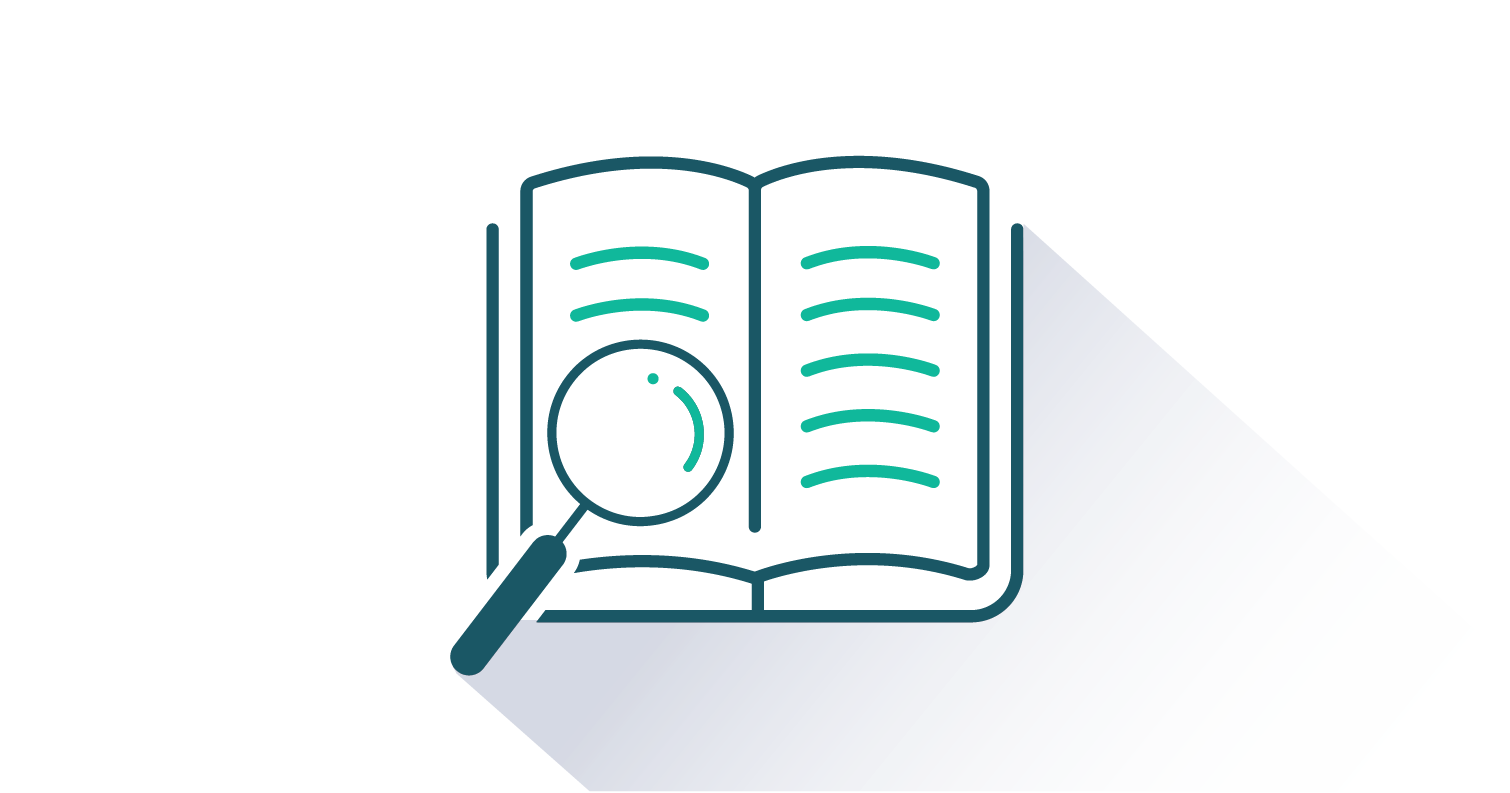
Instructor’s Manual
The Instructor’s Manual guides you through the main concepts of each chapter and important elements such as learning objectives, key terms, and key takeaways. Can include answers to chapter exercises, group activity suggestions, and discussion questions.
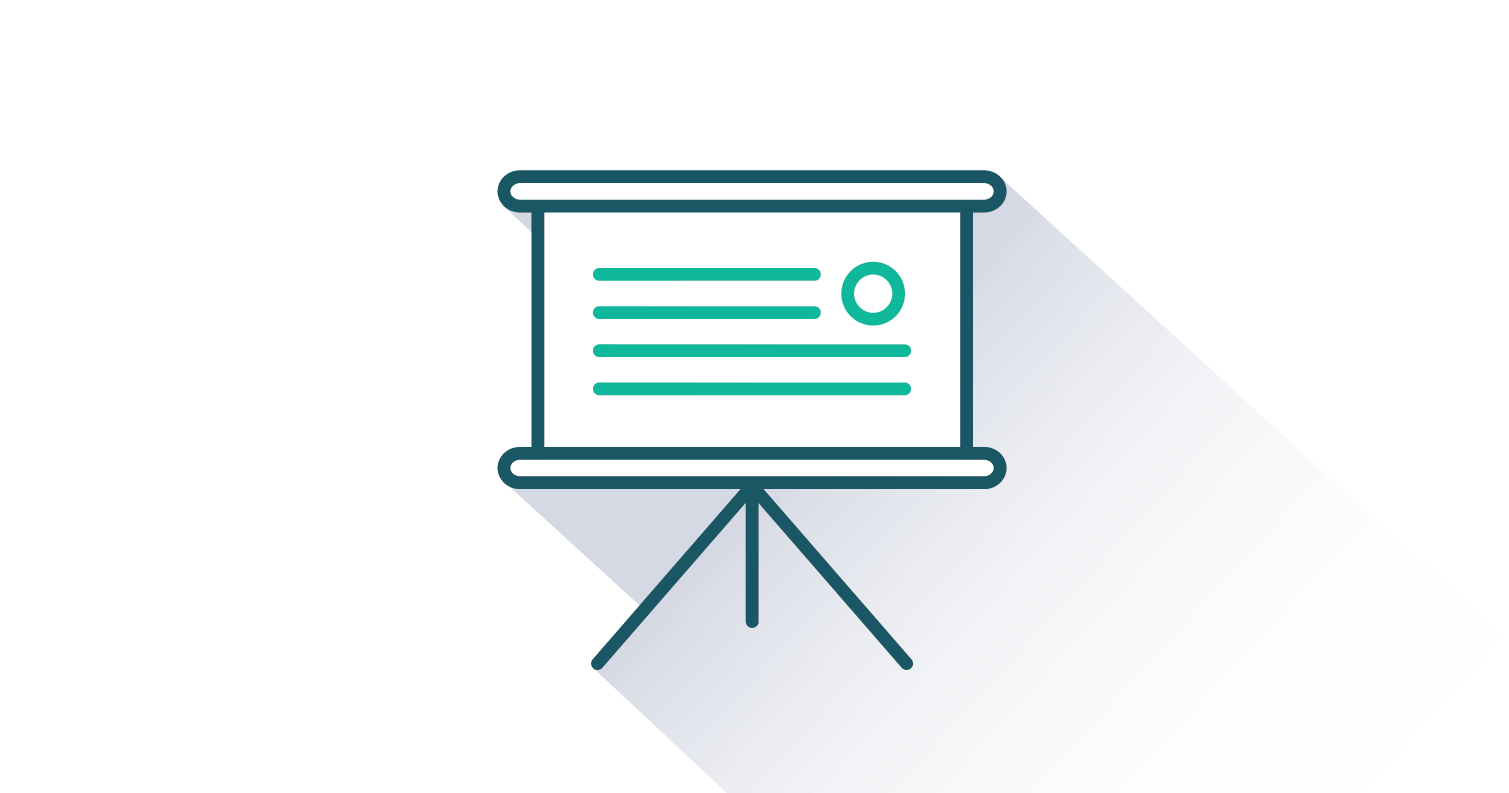
PowerPoint Lecture Notes
A PowerPoint presentation highlighting key learning objectives and the main concepts for each chapter are available for you to use in your classroom. You can either cut and paste sections or use the presentation as a whole.
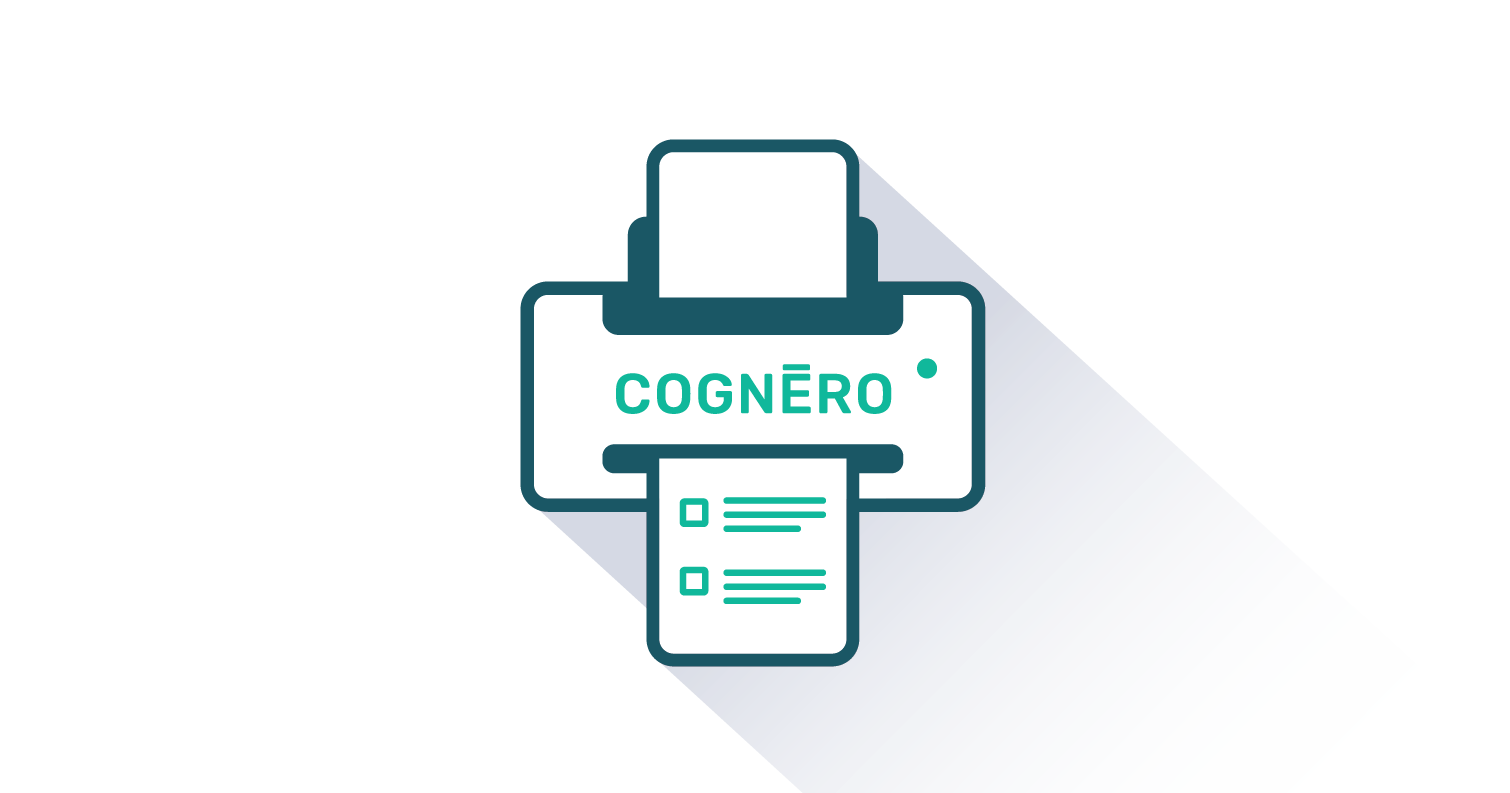
Test Generator - powered by Cognero
FlatWorld has partnered with Cognero, a leading online assessment system, that allows you to create printable tests from FlatWorld provided content.
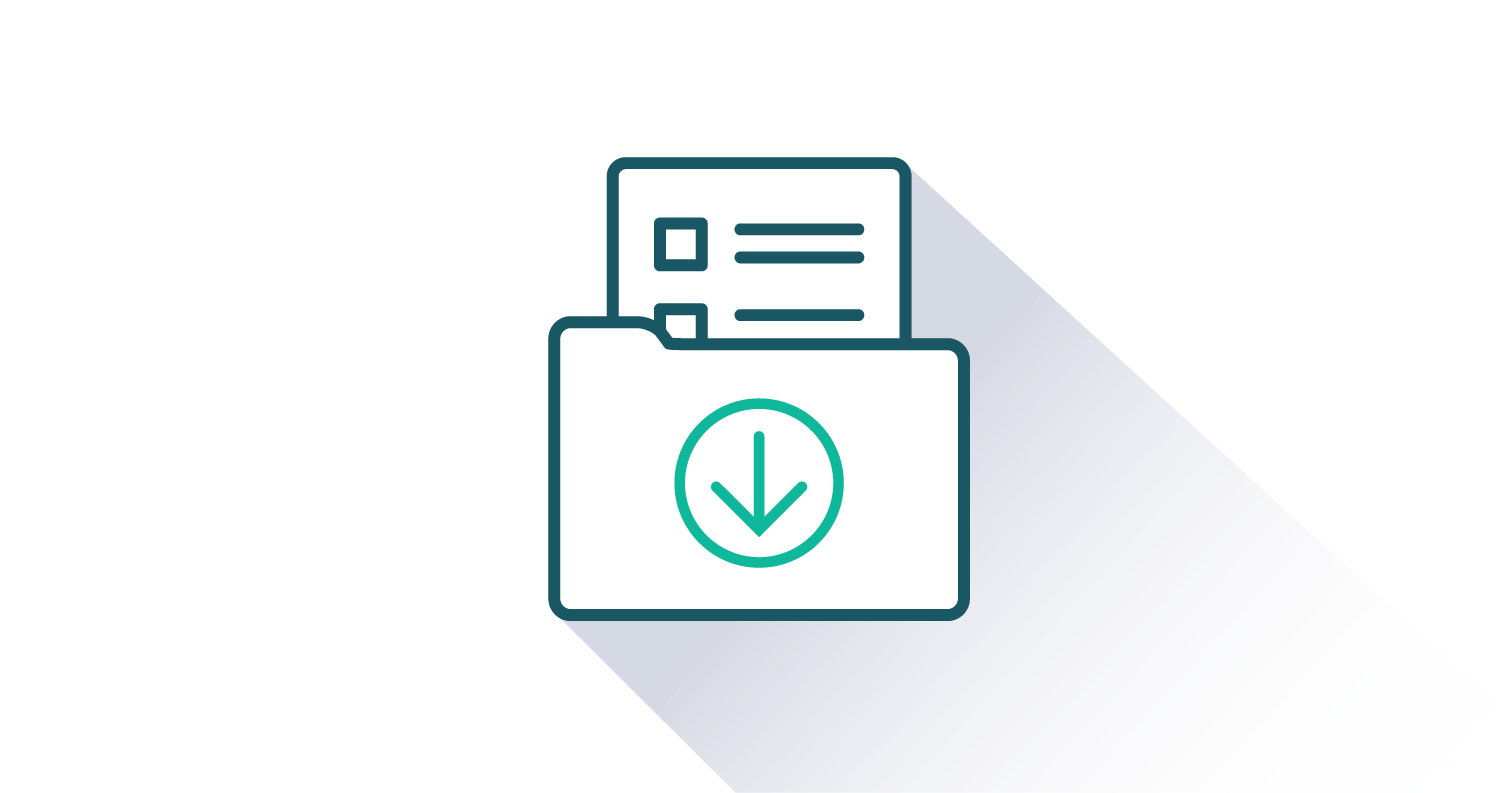
Test Bank Files for Import to Learning Management Systems
For your convenience, we've packaged our test items for easy import into Learning Management Systems like Blackboard, Brightspace/D2L, Canvas, Moodle, or Respondus.
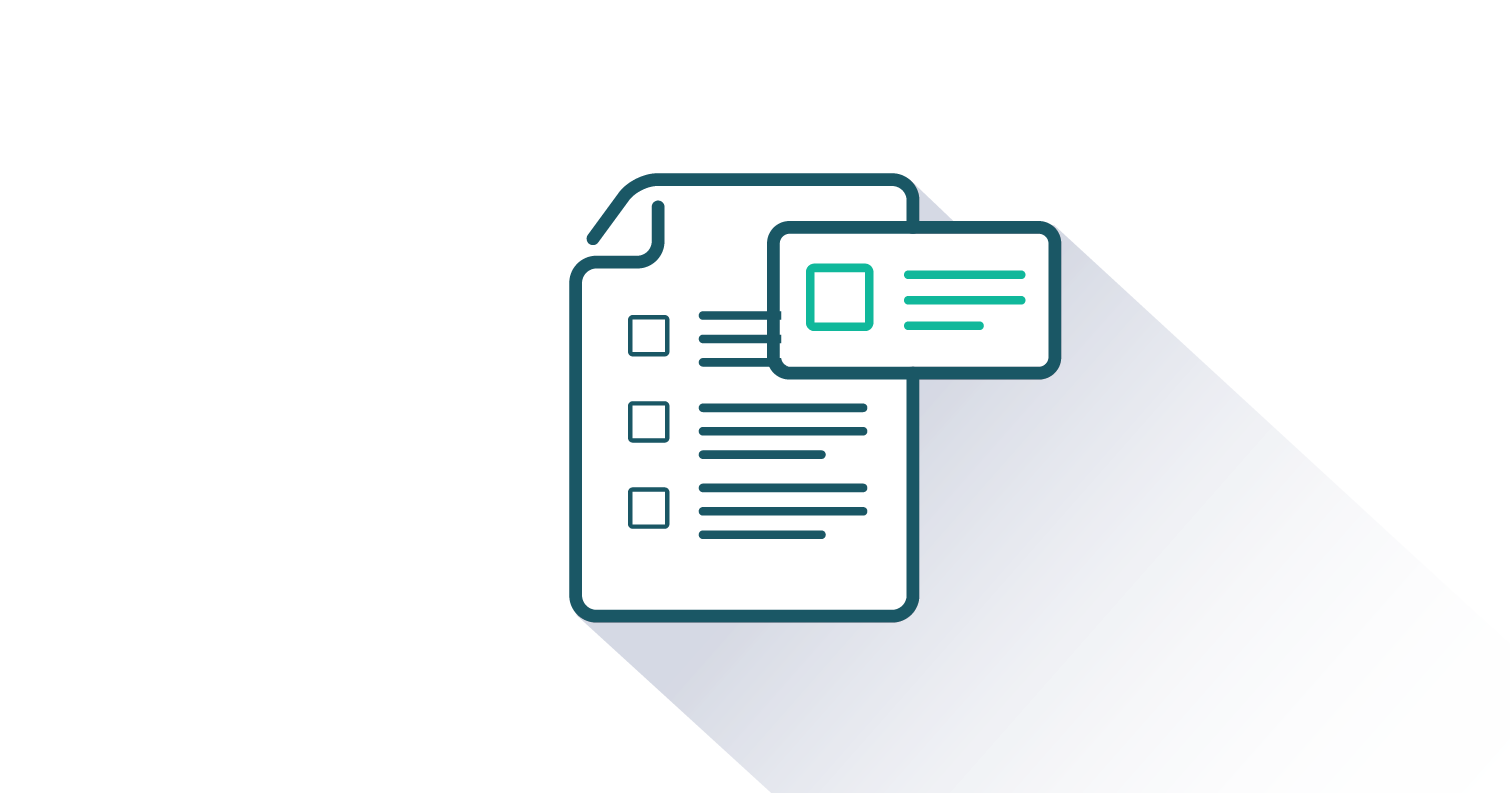
Test Item File
Need assistance in supplementing your quizzes and tests? Our test-item files (in Word format) contain many multiple-choice, fill-in-the-blank, and short-answer questions.
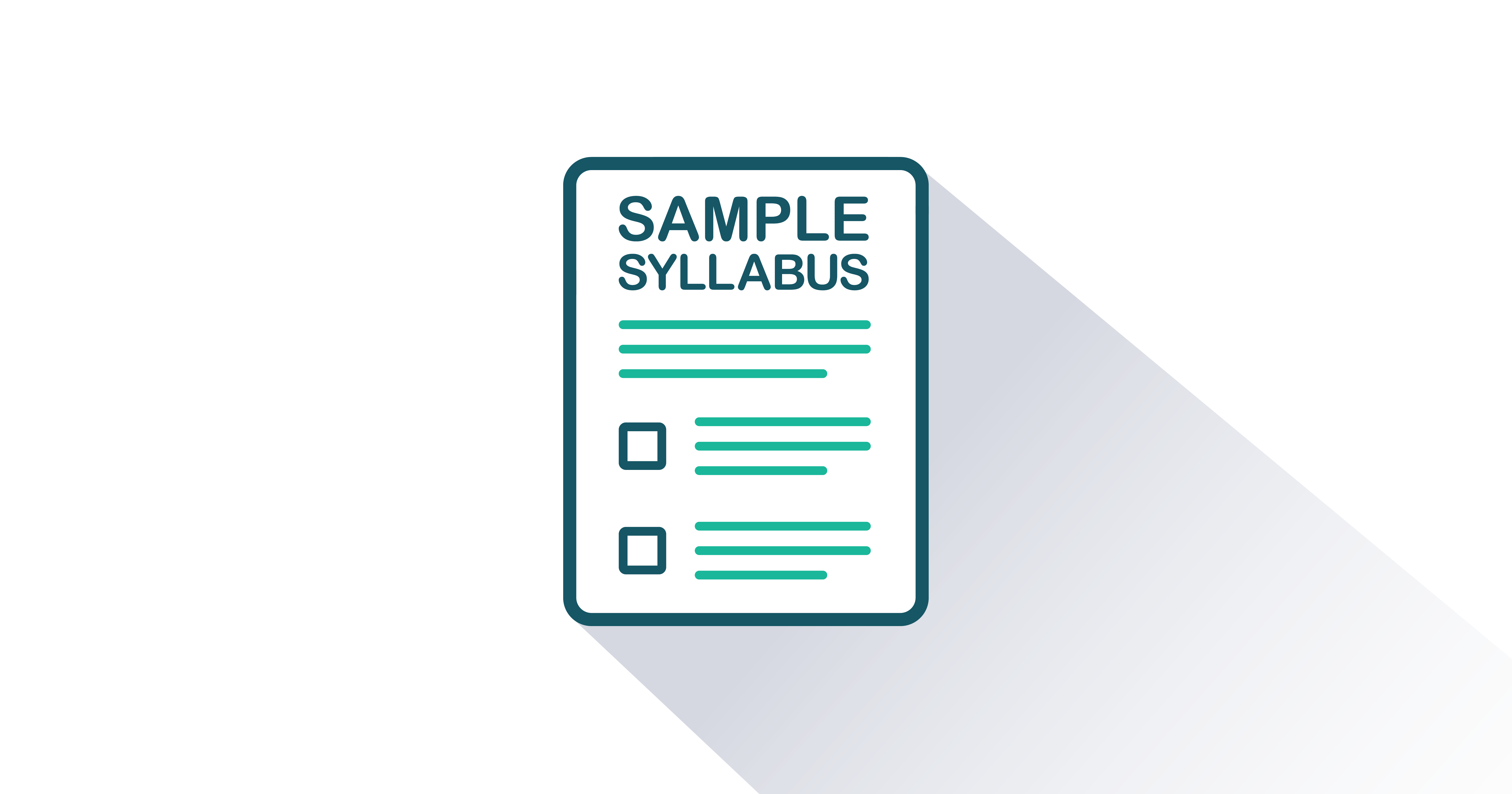
Sample Syllabi
Sample syllabi provide useful templates to help new faculty adopters revise their teaching plans to match their assigned FlatWorld textbook or lend insights to existing adopters on how to organize their classes.
Download
Other Supplements
Solutions manuals, sample exams, video learning segments, workbooks, cases and lab manuals are just some of the extras our books will offer depending on the needs of the course. Click here to see what this textbook offers.
At FlatWorld, we take pride in providing a range of high-quality supplements alongside our titles, to help instructors teach effectively. Supplements are available for instructors who have registered their adoption with us. If you need to review or preview something specific, please contact us.
Already registered? Sign in here.
Additions & Errata
1/2/26:
Section 7.4, term “definance” was corrected to “decentralized finance” in first sentence of this section.
Section 8.2, removed reference to Amazon’s acquisition of iRobot.
Section 8.5, removed “As of this writing, the firm is seeking regulatory approval to buy Roomba maker iRobot.”
7/18/24:
Globally, "Bard" has been updated to "Gemini" when applicable.
Section 7.4, abbreviation of Central Bank Digital Currency (CBDC) was corrected in several areas of this section.
Section 5.2, Learning Objectives, "bandwidth" was removed fro #5 Learning Objective and missing #8 Learning Objective was added.
Section 5.3, Learning Objectives, #5 Learning Objective was moved to correct section, Section 5.2.
Section 8.3, Figure 8.7, minor correction made to add missing "Yes" option from the "Better via USPS?" box
Section 8.6, Key Takeaways, the bullet that mentions "AWS tools and AI" has been moved to the Key Takeaways in Section 8.7.
Section 8.7, Key Takeaways, a new bullet has been added to cover the "AWS tools and AI" in this section.
Section 12.5, "Uber Engineering" box, both links were updated to more accurate, current links. And in the Questions and Exercises, some outdated material was removed from #11. Also, in the fourth paragraph, first sentence, the word "rider" was changed to "driver".
Section 13.2, Key Takeaways, the last sentence of the fifth bullet was removed since "Graph Search" is no longer discussed in this book.
Section 13.7, Learning Objectives, "terms of service" was removed from #3 as it is no longer covered in this section.
Section 15.1, key term "applications," minor change made in definition. Replaced "applications" with "programs" to be less repetitive.
Section 16.4, Key Takeaways, second bullet was moved up to become a new last paragraph of the section and a new third bullet was added.
Section 17.6, the key term definition of "machine learning (ML)" was slightly updated for clarity.
Section 18.3, Learning Objectives, #3 Learning Objective was added.
Section 18.6, Learning Objectives, #1 Learning Objective was removed from this section as it belong in Section 18.3.
Section 19.1, new key term "creative" has been added and defined.
Section 19.2, in the fourth paragraph down under "Retiring the Third-Party Cookie and Figuring Out What Comes Next" the discussion around Google phasing out third party cookies was updated. The key term definition for "third-party cookies" was also made more current (removed mention of 2022). The sixth Key Takeaway was also made more current (removed mention of 2022).
Section 19.3, Key Takeaways, seventh bullet on "Chinese firms" was removed as this content is no longer covered in this section.
Section 19.4, key term definition of "geofencing," minor correction made to adjust "recognizing" to "recognize".
Section 20.5, Key Takeaways, spelling of "Kessler Effect" was corrected in the third to last bullet.
Section 22.3, the Ad Rank formula was adjusted for clarity. Also changed all mentions of CPC to PPC for consistency and clarity.
